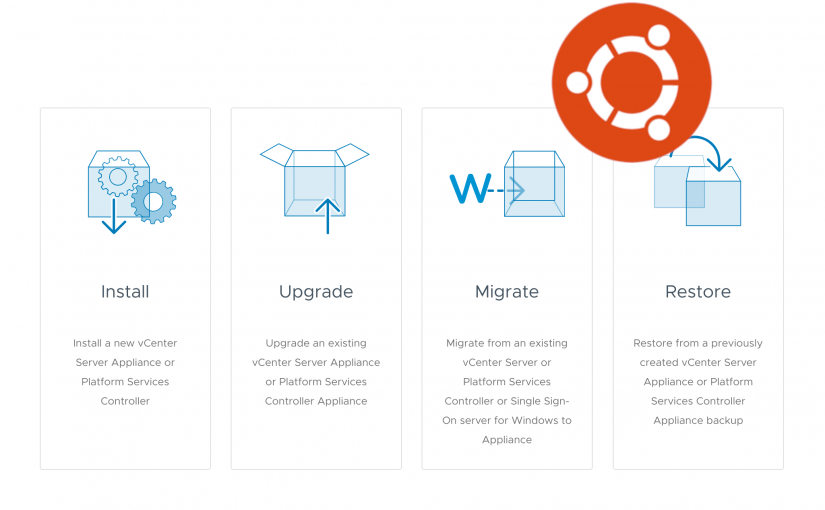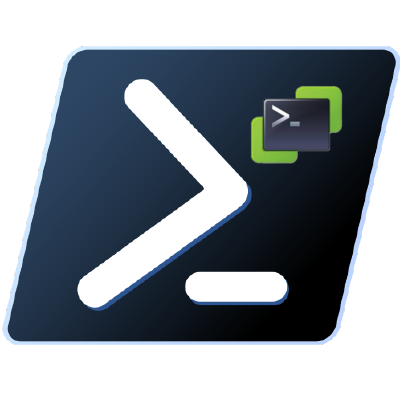When upgrading from vRealize Automation 7.4 to 7.5 or other versions you might get the error:
Applying automatic fix for PowershellScriptExecution prerequisite failed or Pre-install: failed (code p-1)
There can be many reasons for this, but in my case it was a GPO that prohibited PowerShell from executing scripts. as referenced here: VMware
For you it might be something else. Tto figure out what the error was you can start of by looking in the logs, but there is actually much more information available in the original output which gets parsed, and then deleted.
Please be aware that the following is quite technical, and it is not very likely that you can use the fix demonstrated here out of the box, but I might give you a hint or two on how to troubleshoot your own issue.
Continue reading Applying automatic fix for PowershellScriptExecution prerequisite failed






